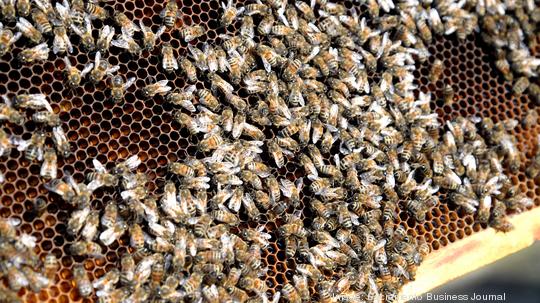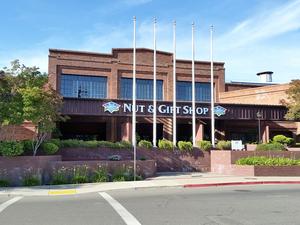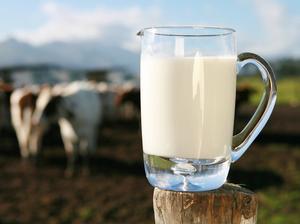
Blue Diamond Growers has been awarded a $45 million grant from the U.S. Department of Agriculture to promote climate-friendly practices in its orchards.
Blue Diamond was one of 70 awardees out of 450 applicants to receive funding through the Partnerships for Climate-Smart Commodities program, the Sacramento almond growers cooperative announced recently.
"This is a historic opportunity for our 112-year old cooperative representing nearly half of the almond growers in California," Blue Diamond CEO Mark Jansen said, in a statement. “These funds will help significantly accelerate and expand the stewardship impact that our multigenerational family farms are already making in orchards throughout the state.”
Dan Sonke, Blue Diamond’s director of sustainability, said the funding will be used to implement new farm practices that help pull more carbon out of the atmosphere, promote the health of bees and beneficial insects, and replenish orchard soil, including cover crops, conservation plantings, hedgerows and whole orchard recycling.
Sonke said about 25% of the acreage Blue Diamond members farm currently uses cover crops, and they hope to use the grant to expand that.
“We want to see a large number of cover crops go in,” Sonke said.
Cover crops are ground cover plants planted between rows of almonds. They help to hold in water, sequester carbon, return nutrients to the soil, and also add biodiversity to the orchard, which adds to the diet of honeybees and other beneficial insects.
Hedgerows have a similar effect.
Whole orchard recycling occurs at the end of an almond orchard’s productive life, when the old trees are removed and new ones are planted. Sonke said the old trees used to be burned, but air quality regulations now prevent farmers from doing that. Now, the old trees are typically shredded into wood chips. Blue Diamond wants its growers to till those wood chips back into the soil before planting new trees on top of them. Sonke said this has the benefit of returning nutrients to the soil, and also preventing the carbon those trees captured while they were alive from returning to the atmosphere.
Sonke said orchards capture carbon just like trees in a forest do.
“Almond trees, throughout their 25-year lifespan, they’re doing the same thing,” Sonke said. “They’re sequestering carbon as they grow.”
Although these practices have benefits for the growers, Sonke said there are some additional costs involved. The grant money will go to growers to offset some of these costs, using an existing incentive program the company has, as well as existing partnerships, such as those with pollinator-promoting nonprofits like Project Apis m and Pollinator Partnership.








